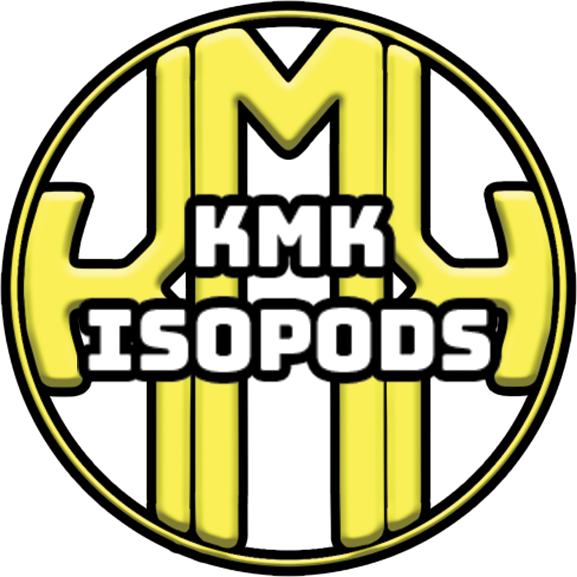 Image 1 of 1
Image 1 of 1


Titan (Porcellio hoffmannseggi)
Porcellio hoffmannseggii "Titan" Isopod Care Guide
Porcellio hoffmannseggii "Titan" is one of the largest terrestrial isopod species in the hobby, famous for its impressive size, bold personality, and striking armored appearance. It is a slower-growing, surface-active species well suited for experienced hobbyists and display colonies.
Enclosure:
Provide a large, well-ventilated container with a deep substrate of flake soil, sphagnum moss, and lots of leaf litter. Include large cork bark pieces, stacked bark, and rocks for cover and climbing—this species loves open space and structure.
Temperature & Humidity:
Maintain temperatures between 72-78°F. "Titan" prefers moderate humidity (65-75%) with a well-defined moisture gradient—keep one side moist and the other side drier. Good airflow is key, as this species is less tolerant of overly damp enclosures.
Feeding:
Feed a staple of decaying leaf litter and soft hardwoods. Supplement generously with isopod diet, fish flakes, shrimp pellets, and fresh vegetables or fruit. Extra protein is important for supporting their large size and breeding.
Behavior:
"Titan" isopods are bold, highly surface-active, and can be seen exploring the enclosure during the day. They breed slowly compared to smaller species but thrive with stable conditions. An impressive display species and a true collector’s isopod.
Porcellio hoffmannseggii "Titan" Isopod Care Guide
Porcellio hoffmannseggii "Titan" is one of the largest terrestrial isopod species in the hobby, famous for its impressive size, bold personality, and striking armored appearance. It is a slower-growing, surface-active species well suited for experienced hobbyists and display colonies.
Enclosure:
Provide a large, well-ventilated container with a deep substrate of flake soil, sphagnum moss, and lots of leaf litter. Include large cork bark pieces, stacked bark, and rocks for cover and climbing—this species loves open space and structure.
Temperature & Humidity:
Maintain temperatures between 72-78°F. "Titan" prefers moderate humidity (65-75%) with a well-defined moisture gradient—keep one side moist and the other side drier. Good airflow is key, as this species is less tolerant of overly damp enclosures.
Feeding:
Feed a staple of decaying leaf litter and soft hardwoods. Supplement generously with isopod diet, fish flakes, shrimp pellets, and fresh vegetables or fruit. Extra protein is important for supporting their large size and breeding.
Behavior:
"Titan" isopods are bold, highly surface-active, and can be seen exploring the enclosure during the day. They breed slowly compared to smaller species but thrive with stable conditions. An impressive display species and a true collector’s isopod.


